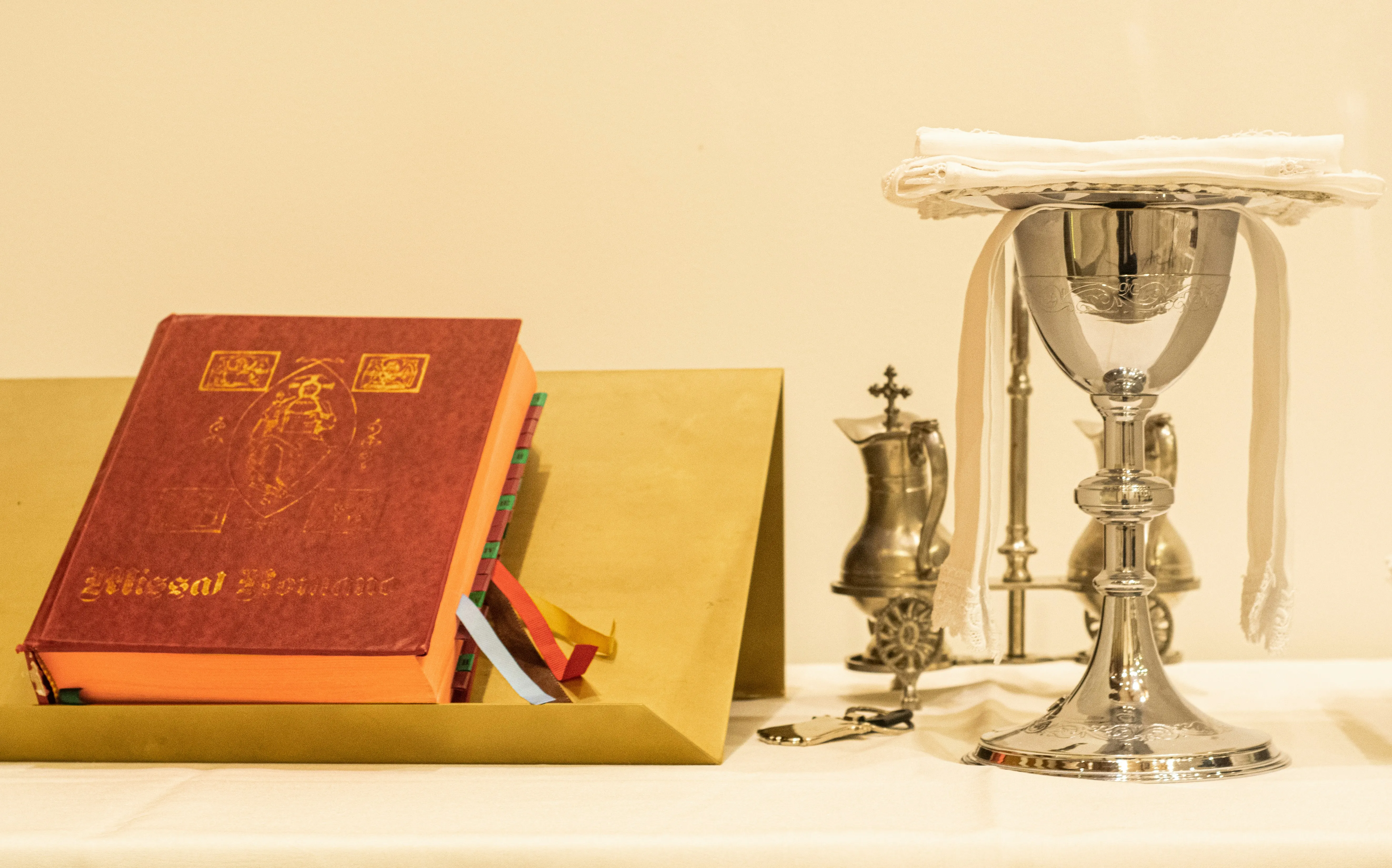The Liturgical Year and the Calendar
The Liturgical Year and the Calendar
Jan 17, 2024
Have you ever wondered about the rhythm of the Catholic Church's year? What is the significance of the liturgical calendar and its seasons? Let's embark on a journey to explore the purpose and structure of the liturgical calendar, and the spiritual significance of the six liturgical seasons.
What is the Purpose of the Liturgical Calendar?
The liturgical calendar is the heartbeat of the Catholic Church, guiding the faithful through a spiritual journey that unfolds throughout the year. It's not just a schedule of events or a list of feast days. It's a living, breathing teaching tool, a spiritual guide, and a unifying force for the Church community.
1. Teaching and Commemoration
The liturgical calendar illuminates the essential mysteries of the faith, commemorating key events in the life of Christ and the history of salvation. It's like a spiritual roadmap, guiding us to continually revisit and reflect upon the central events of salvation history, reinforcing the core doctrines and teachings of the faith.
2. Spiritual Formation
The liturgical calendar is also a tool for spiritual nourishment. It invites us to engage in continual prayer and reflection, offering opportunities for spiritual growth, penance, and joy. Each season of the liturgical year is designed to nourish our souls and stimulate our prayer life.
3. Unity and Communion
The liturgical calendar also brings us together as a community. It fosters a sense of unity and communion among the faithful, guiding us on a shared journey through the mysteries of the faith. It's a common thread that weaves us together, no matter where we are in the world.
What are the Six Liturgical Seasons?
Ever pondered why the Church year is divided into different seasons? What is the significance of each liturgical season? Let's delve into the distinctive focus and spiritual significance of each of the six liturgical seasons.
1. Advent
Advent is a season of preparation and joyful anticipation for the coming of Christ at Christmas. It's a time of spiritual readiness, marked by themes of hope, longing, and preparation.
2. Christmas
Christmas is a time of joy and celebration, commemorating the birth of Jesus Christ. It's a season of rejoicing in the gift of salvation and the presence of Emmanuel, "God with us."
3. Lent
Lent is a period of penance, reflection, and spiritual discipline. It's a time for self-examination, fasting, and almsgiving, mirroring the forty days Jesus spent in the desert.
4. Easter Triduum
The Easter Triduum encompasses the holiest days of the liturgical year - Holy Thursday, Good Friday, and Easter Vigil. This sacred time commemorates the passion, death, and resurrection of Jesus Christ.
5. Easter
Easter is a season of great joy and celebration, marking the resurrection of Christ and the victory over sin and death. It's a time of exultant praise and thanksgiving, as we rejoice in the triumph of the Risen Lord.
6. Ordinary Time
Ordinary Time, the longest liturgical season, focuses on the teachings and ministry of Jesus Christ. It's a time for growth in discipleship, marked by a focus on the teachings and miracles of Jesus.
How are the Saints Celebrated in the Liturgical Calendar?
Have you ever wondered about the role of saints in the liturgical calendar? How does the Church honor the saints throughout the year?
The liturgical year also incorporates celebrations of the saints. The lives of Mary and the saints provide fitting examples for us to emulate, illustrating the harmony between the mystery of Christ and the celebration of the saints. The Blessed Virgin Mary is intimately connected to her Son's saving work, while the feasts of all the saints proclaim Christ's wonderful works in his servants.
How is the Liturgical Calendar Organized?
What determines the organization of the liturgical calendar? How does the Church decide which celebrations take precedence over others?
The Church governs the organization of each liturgical year, which is integrated into a liturgical calendar. The liturgical calendar distinguishes between Solemnities, Feasts, and Memorials, with Sundays and Solemnities taking precedence over other celebrations. There are also various days of prayer and special observances throughout the year that focus the prayers of the Church on specific needs.
What are the Recent Changes in the Liturgical Calendar?
Has the liturgical calendar always been the same? What are the recent changes in the liturgical calendar?
The General Roman Calendar, which encompasses celebrations of salvation's mystery and significant saints, has undergone revisions over time. The most recent major revision occurred in 2002. Since then, several celebrations have been added or changed in the General Roman Calendar. In the United States, alongside the universal calendar, there is also a Proper Calendar approved specifically for dioceses in America.
Where Can I Find More Information About the Liturgical Calendar?
Where can you access the liturgical calendar? How can you learn more about liturgical celebrations and observances throughout the year?
The USCCB Secretariat of Divine Worship publishes an annual Liturgical Calendar specifically for dioceses in America. This resource provides essential information such as celebrations, ranks, liturgical colors, citations for the Lectionary for Mass, and Psalter cycles for the Liturgy of the Hours. It's a valuable resource for anyone seeking to deepen their understanding of the liturgical year.

